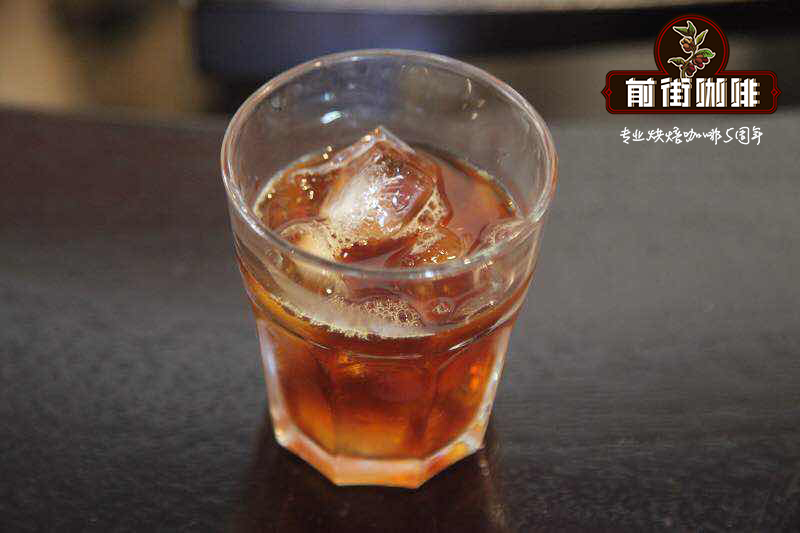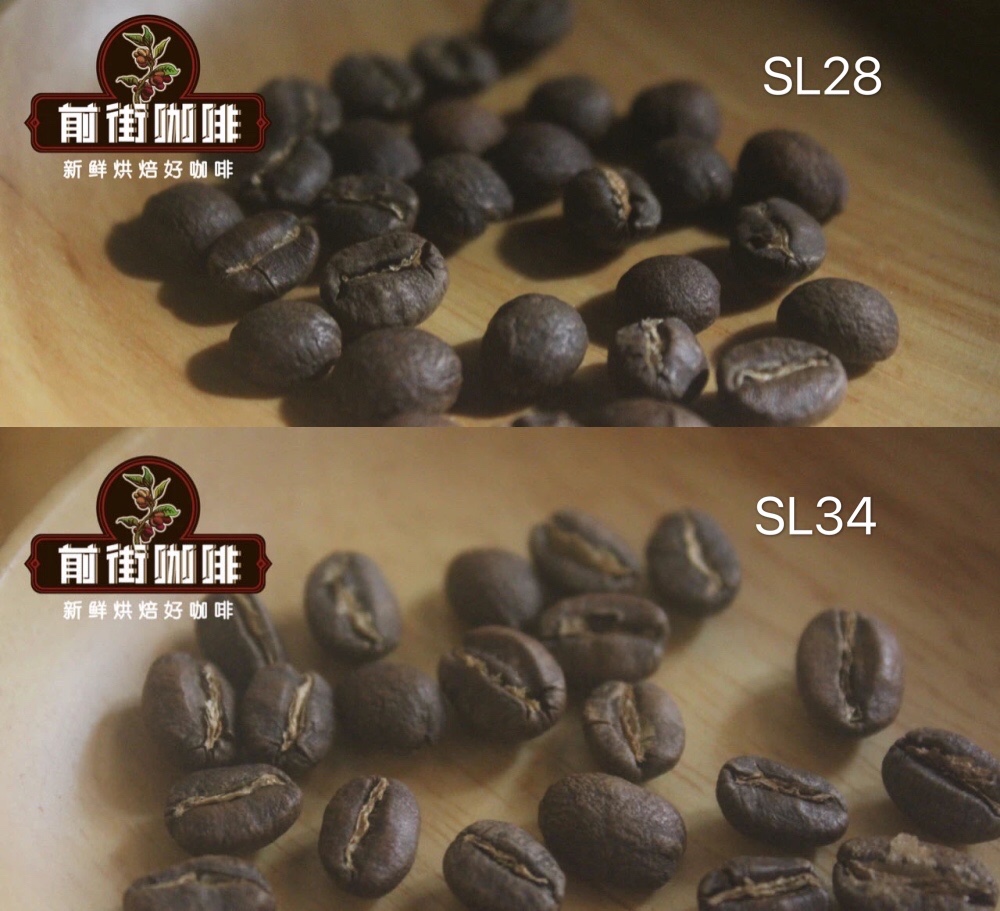Kenyan coffee is grown in Kenyan coffee.

Professional coffee knowledge exchange More coffee bean information Please pay attention to coffee workshop (Weixin Official Accounts cafe_style)
Kenyan coffee
Most Kenyan green coffee is grown on plateaus between 1400 and 2000 meters above sea level, surrounded by snow-covered hills of Mount Kenya and the Abbedel Mountains. This upgrade brings it into line with the strict high growth (SHG) /strict hard bean (SHB) status. The natural environment of high altitude means Kenya coffee grows slowly, has plenty of time to grow, and provides plenty of nutrients for the beans.
The area stretching south from Mount Kenya, 17000 feet high, to the capital Nairobi is a major coffee-growing area, while there is a smaller coffee-growing area near Mount Elgon's border with Uganda.
Kenya's coffee growing areas include Ruiri, Thika, Kirinyaga, Mt. Kenya West, Nyeri, Kiambu and Muranga. If purchased directly from individual regions, it is possible to distinguish coffee from other regions-factors such as morning sunlight and evening sunlight can affect how coffee cherries taste and chemical composition change over time. These major coffee-growing areas include a variety of native forest ecosystems that provide habitat for a wide variety of wildlife.
Kenya's coffee industry includes many small farms, cooperatives and large estates. In total, about 6 million Kenyans are involved in the coffee industry in the country, with most farms having 50-500 trees. This pales in comparison to some countries in South America, where a small farm can grow 5000 - 10000 trees on an area of 1-2 hectares.
Kenya also has a cooperative coffee and marketing system, with auctions held every Tuesday during harvest season, creating a price war for Kenya's best coffee. Kenya has a decades-old market system that goes back generations. Its efficiency means that most farmers simply sell their coffee--coffee of all qualities--by sending it to big buyers or processing stations that sell coffee sorted but inherently indistinguishable from one another, which makes specific batches and microbatches very difficult. Buyers, merchants and exporters drink more than 150 cups of coffee a day during peak coffee seasons in order to set the right price for their coffee purchases.
The size and complexity of Kenya's coffee market prevents coffee companies from purchasing directly in an ethical manner. Working directly with farmers or cooperatives to form partnerships for traceable, stable output is an ideal way to buy green coffee, but it requires a lot of work time and is not feasible for most coffee companies.
Important Notice :
前街咖啡 FrontStreet Coffee has moved to new addredd:
FrontStreet Coffee Address: 315,Donghua East Road,GuangZhou
Tel:020 38364473
- Prev

Kenyan coffee taste Kenyan single coffee Kenyan coffee flavor
Professional Coffee knowledge Exchange more information about coffee beans Please follow the Coffee Workshop (official Wechat account cafe_style) in the high altitude areas of the Kenyan plateau, growing the world's best gourmet coffee. Full-bodied, moderate acidity, rich aroma, full of flowers, known as the connoisseur cup. Stop to enjoy the noble, even intoxicating taste of blackcurrant.
- Next

Difference of Coffee Flavor between Neri and Kirin Yajia producing areas in Kenya introduction of Kenyan coffee varieties
Kenyan coffee plant varieties Kenya's red-orange, fertile volcanic soil and the region's mild climate as well as ideal equatorial sunlight and a carefully selected Kenyan coffee plant variety SL 28 SL 34 K7 Ruiru 11 Batian-all unique to East Africa, as well as the Blue Mountains. These varieties may make Kenya the most stable world-class boutique coffee producer in the world. Kenny.
Related
- Detailed explanation of Jadeite planting Land in Panamanian Jadeite Manor introduction to the grading system of Jadeite competitive bidding, Red bid, Green bid and Rose Summer
- Story of Coffee planting in Brenka region of Costa Rica Stonehenge Manor anaerobic heavy honey treatment of flavor mouth
- What's on the barrel of Blue Mountain Coffee beans?
- Can American coffee also pull flowers? How to use hot American style to pull out a good-looking pattern?
- Can you make a cold extract with coffee beans? What is the right proportion for cold-extracted coffee formula?
- Indonesian PWN Gold Mandrine Coffee Origin Features Flavor How to Chong? Mandolin coffee is American.
- A brief introduction to the flavor characteristics of Brazilian yellow bourbon coffee beans
- What is the effect of different water quality on the flavor of cold-extracted coffee? What kind of water is best for brewing coffee?
- Why do you think of Rose Summer whenever you mention Panamanian coffee?
- Introduction to the characteristics of authentic blue mountain coffee bean producing areas? What is the CIB Coffee Authority in Jamaica?

